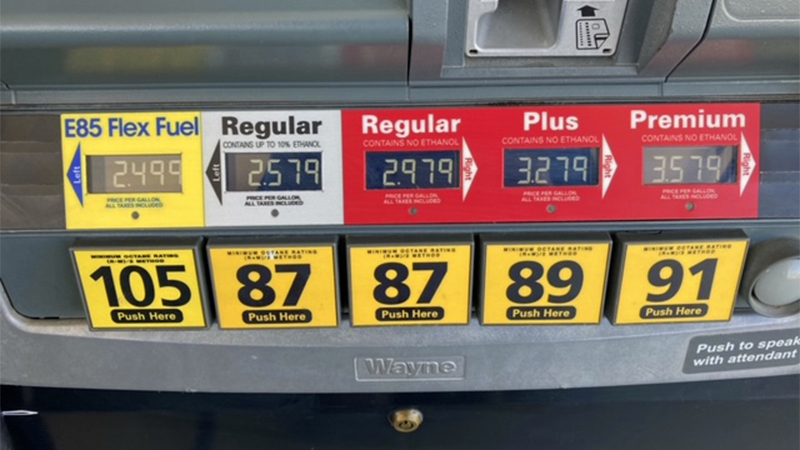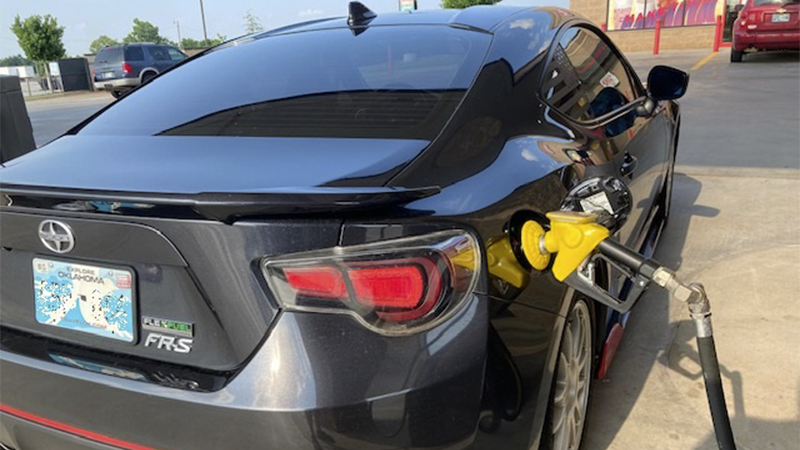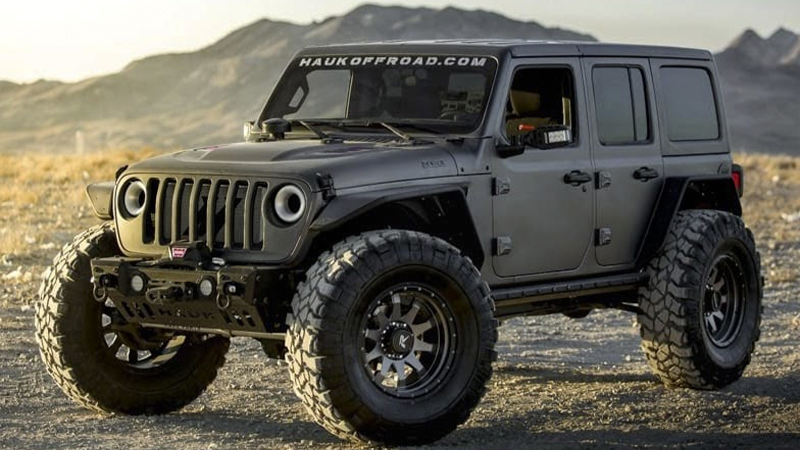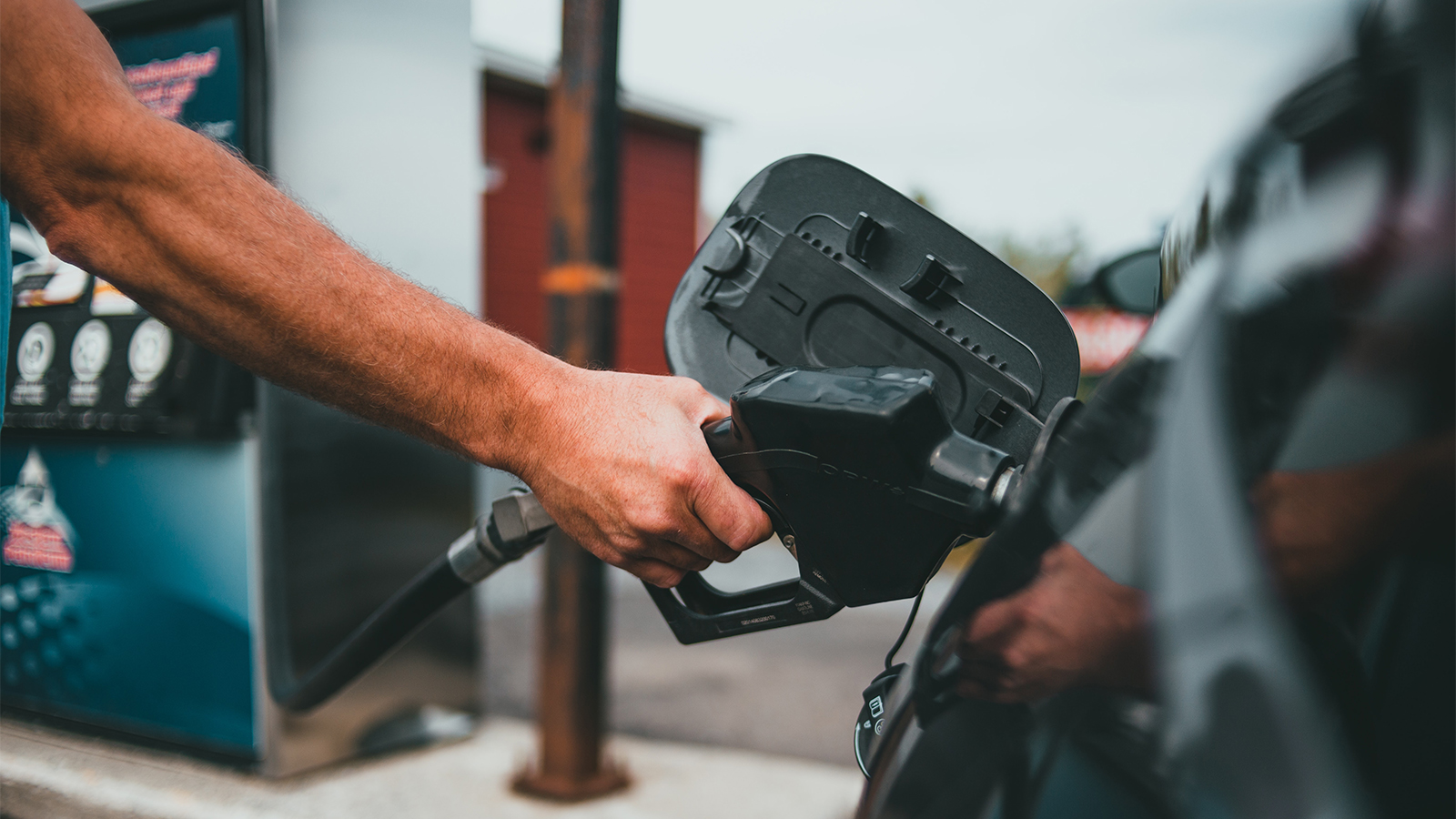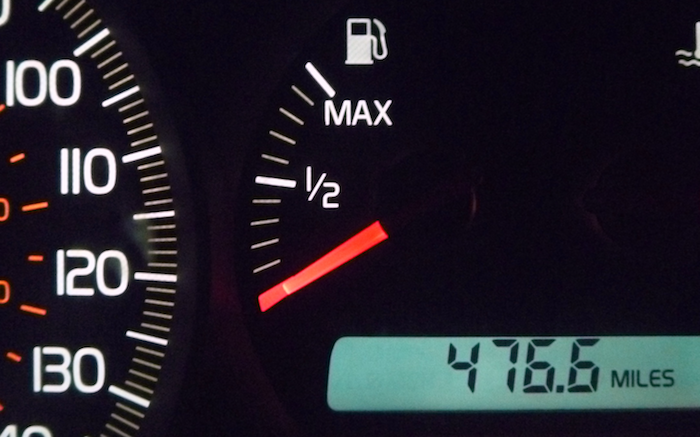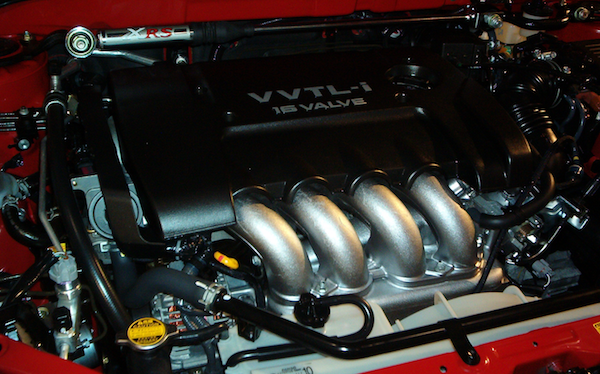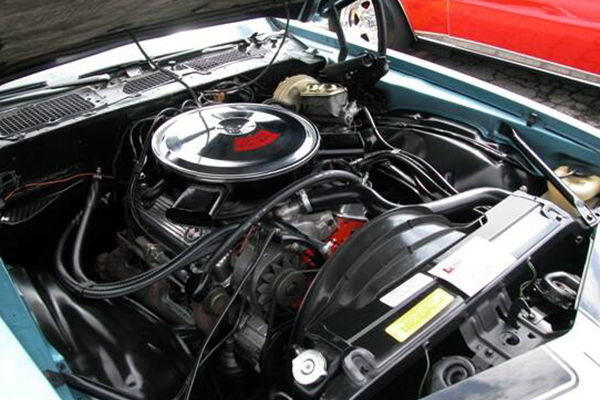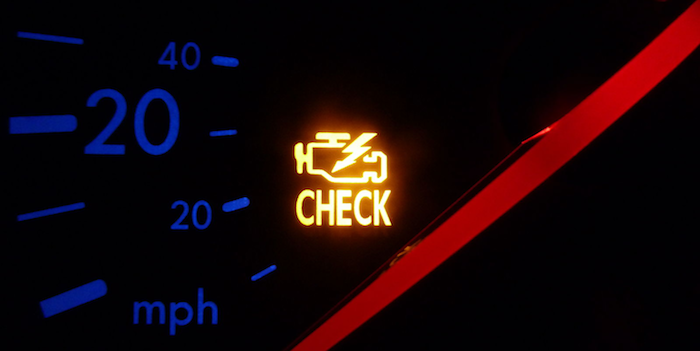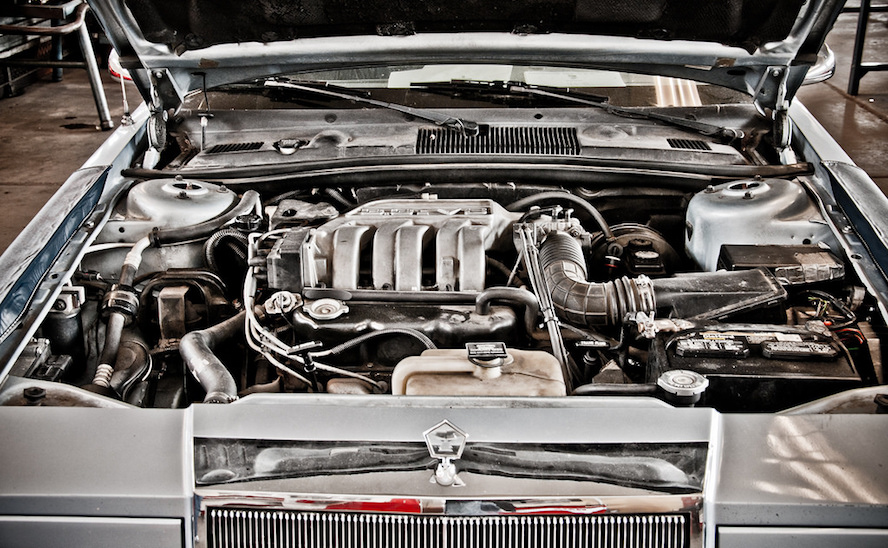It's frustrating to head to the gas pump and realize fuel prices went up again. This is particularly aggravating when you have a big gas tank and drive carefully to conserve fuel. Prices seem to rise anyway and there's nothing you can do about it. Or is there? E85 is a widely available, affordable alternative for many popular vehicles. Here's why you should take another look at ethanol.
What is E85 Fuel?
E85 is a gasoline and ethanol blend, much like your regular gas. If you fill up on regular 87 octane, the ethanol/gas mix is probably 10% ethanol and 90% gasoline, labeled on the pump as E10 or possibly “with up to 10% ethanol." After leaded gas was phased out in the 1970s and '80s, manufacturers looked to oxygenates like methyl tert-butyl ether to increase gasoline octane while reducing emissions. After finding poisonous MTBE in groundwater, manufacturers moved to the much safer ethanol additive in the early 2000s. Depending on where you live, regular gas could have no ethanol content or be as high as E30, which is 30 percent ethanol, 70 percent gasoline.
“Ethanol is a domestically sourced, low cost, cleaner-burning, octane-enhancing fuel additive," said Robert White, Vice President of Industry Relations at the Renewable Fuels Association. “The higher the octane gets at the refinery, the more expensive it gets. That's why premium is more expensive than regular 87 octane. When you use ethanol's octane to finish those gallons, it saves a lot of money for the consumer."
E85 is dramatically cheaper because most of the ethanol in North America is processed from corn. This yellow field corn is indigestible by humans and is grown either as livestock feed or specifically for ethanol production. Since the growth, production, distillation and shipping are all regionally local, E85 tends to be cheaper than even the most sketchy gas station's cheapest regular fuel, and dramatically cheaper than premium 91+ octane blends. This seems like a deal, especially when looking at the octane rating.
Pure ethanol (E100) has an octane of 113. While E85 is also high octane, it is slightly diluted with 15% gasoline and registers at 105 octane or more. However, E85 has a 27% lower heating value than E0 gasoline, meaning you have to use more of it to get the same BTUs. While this contributes to decreased gas mileage, studies show it depends on the vehicle, with a decrease between 6% and 28%. Yes, that's a wide range.
Another benefit of that lower heat value is a cooling charge effect on engines, particularly useful for supercharged and turbocharged cars. You can increase boost and/or compression without having to use expensive $10/gal race fuel.
How to Use E85
Interested in burning corn in your engine? It might be as simple as grabbing that yellow fuel nozzle at the pump.
Have a look at your owner's manual. If your vehicle is flex-fuel capable, then all you need to do is fill up with E85 instead of gas. Look for the yellow pump handle (or the dramatically lower price) and fill until you hear the pump shut off. Be sure to get your gas cap tight. On restart, the vehicle's sensors will automatically detect the ethanol content, and adjust engine settings to compensate. You might notice increased torque, but there will be no other side effects, other than decreased gas mileage and an exhaust smell that reminds you of kettle corn.
“If you have a flex-fuel vehicle, I would say give E85 a try," said White. “There's no doubt - it's important to be upfront and honest here - there will be a mileage penalty from using E85. It is high in oxygen content, which helps it be a cleaner-burning fuel, making it burn more completely, but you need more fuel. What's important here is the cost per mile. I'm pulling one of our E85 show vehicles on a trailer with an E85-powered truck and my cost per mile running E85 is less than gas."
E85 Tune in a Modern Vehicle
Let's say you don't own a flex-fuel vehicle, but you're interested in E85 anyway. You still have options. Some modern vehicles just need a computer retune and the addition of a flex-fuel sensor, and they are effectively the same thing as a factory-installed E85 option. We've discussed how a PCM tune works, so we'll just look at the flex-fuel sensor. This engine computer sensor connects inside the fuel line, allowing accurate real-time reading of the amount of ethanol in the fuel. This lets the PCM adjust engine parameters to the specific ethanol content, much like it does when you switch between 87 and 93 octane. If your gas station is actually distributing E75 or E90, then the difference in ethanol is measured and adjusted for with increased or decreased ignition timing.
If your vehicle is new, you probably want to know if E85 voids your warranty. In a flex-fuel vehicle, the easy answer is no. Drive off the lot, fill up with E85 in your brand new ride, and you still have 100% of your warranty in effect. If you have a non-flex-fuel vehicle, however, tuning for E85 and filling the tank could void your powertrain warranty.
E85 Fuel System Upgrades for Classic EFI
Now let's assume you have a Radwood-era classic that you want to upgrade. Older vehicles weren't designed for ethanol in the gas, so running high ethanol content will cause some issues. Here's what will need upgrading:
A classic EFI vehicle, like a C4 Corvette or Fox-body Mustang will need more than just the computer tune and ethanol sensor. Since ethanol has lower BTUs, you need to increase the flow rate to let the engine burn it properly. Otherwise, you will run lean. Expect to swap out fuel injectors and likely the fuel pump. These stock units weren't great anyway, so expect to see a performance gain just with modern stock replacements. Look for parts that are E85 approved, and if you have any doubts, contact the manufacturer.
E85 for Carbureted Classic Cars
For a truly classic vehicle, such as a Chevy Corvair or Plymouth Barracuda, you will likely be replacing the entire fuel system front to back. In addition to the fuel pump, you need to replace all the fuel lines with ethanol-ready lines, as well as the carburetor, regulators, return lines, filters, etc. Getting a classic carbureted car to run E85 isn't quite as in-depth as converting to EFI, but it involves similar steps. Have a weekend on hand if you tackle this project.
“Sometimes it's a wallet decision before it goes much further," said White. “I usually recommend folks, especially if it's an older vehicle; anything the fuel touches probably needs to be upgraded. And the timing needs to be advanced, but they'll see a strong response as well."
E85 vs Gas Performance
It's all good to talk up ethanol's benefits, but does it deliver in the real world, or is it all hype? To find out, let's use some real numbers. A Scion FR-S isn't exactly the fastest car available (or even in its class) and during a cold air intake test, this one (pre-intake) put down 160 horsepower and 142 lb-ft at the wheels on 93 octane ethanol-free gas. With the Scion returned to factory stock form, but running an E85 tune and a tank full of corn from a local chain gas station, we returned to Abel Racing for another dyno to see how much power it had picked up from this one change.
A summer dyno test fielded hotter and more humid weather, but the car still put down 175 horsepower, and the same 142 lb-ft [sad trombone noise] at 7,000 RPM. However, low-end torque saw noticeable gains, with a 22 lb-ft increase at a more real-world 4,000 RPM. Gas mileage fell, averaging 26.2 MPG over two tanks, approximately a 20% decrease, but that was with several on-ramp tests. A more conservative driving style shouldn't take that much of a hit. Despite the mileage decrease, the benefits easily outweigh the negatives, and this car will likely stay on E85 for the rest of its on-road life. White said that isn't unusual.
“The vehicle I'm pulling right now is a unique one," said White. “We took a 2018 Jeep Wrangler JL, and we put a 7-liter Hemi supercharged engine in it and then converted it to E85. So we really just changed the tune, changed the injectors, and we were able to hit just shy of 1,200 horsepower. We've got a lot of racers that are using it for the price point per gallon. So many of them are converting to dedicated E85 — they aren't doing flex-fuel conversion."
Wanting to save even more on gas?
Become a Speed Perks Member with Advance today! If you already are one, then you're in luck — you've already been automatically signed up for Advance's new gas rewards program. Visit your local Shell to save on your next fill up with unlimited, stacking rewards and give E85 a shot if it works for your vehicle.
Ready to switch to E85? Have any other questions about ethanol? Let us know in the comments below.
